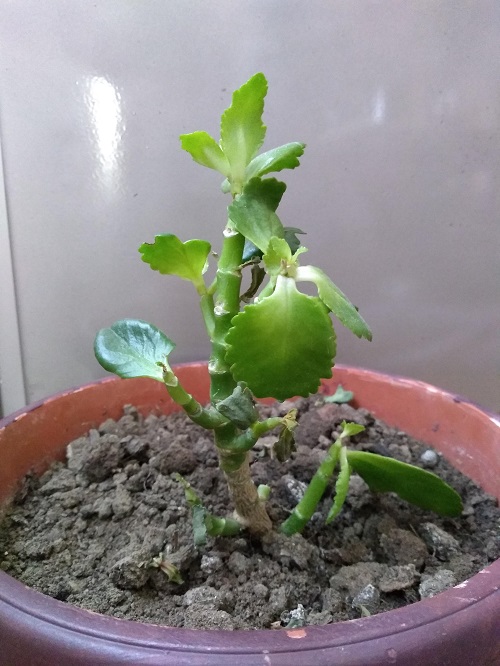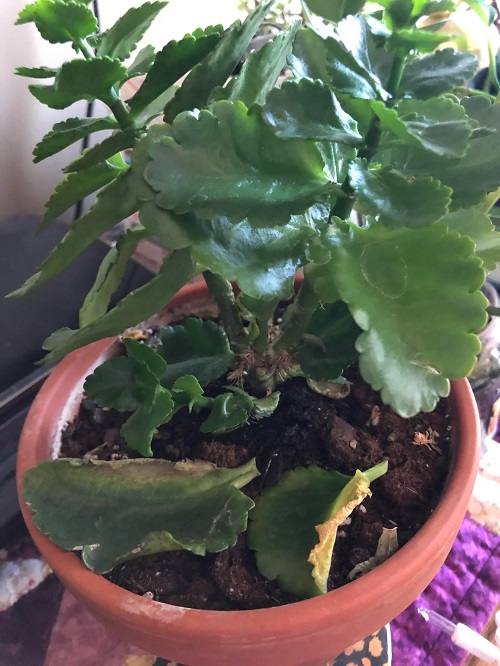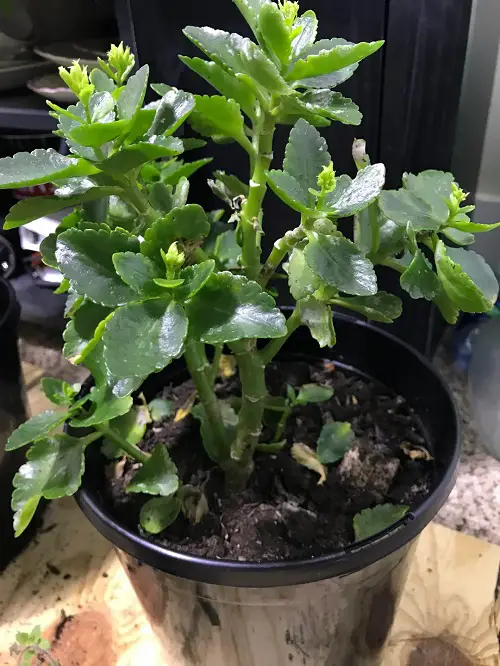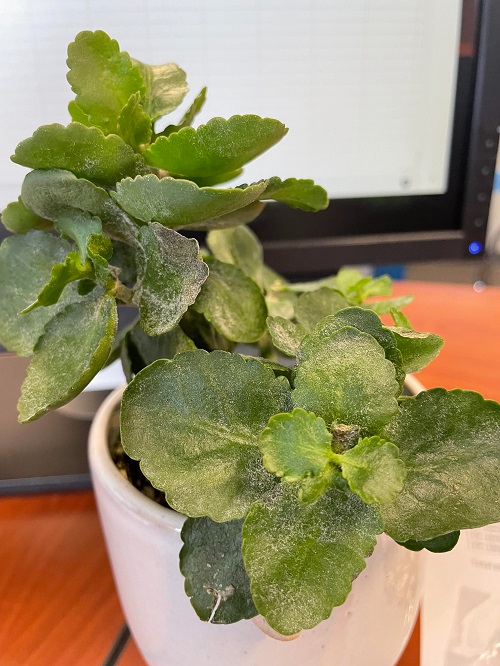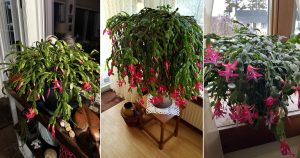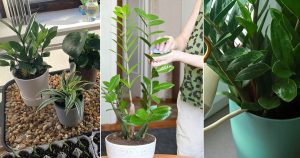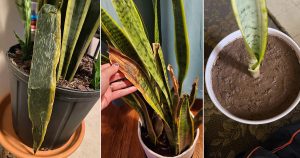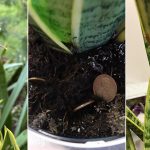If you, too, have the question, “Why are my Kalanchoe leaves falling?” Then this article is a must-read; check it out!
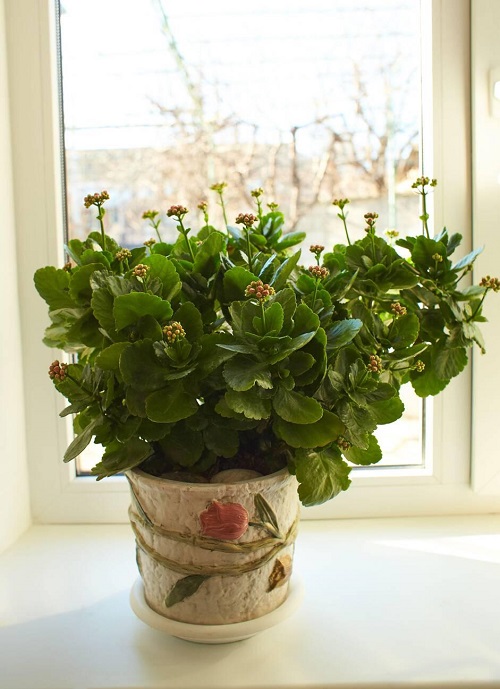
If your Kalanchoe plant is dropping leaves, don’t worry too much. As it is quite common in these tough succulent species, their foliage sometimes sheds leaves for various reasons. So, let’s focus on why this happens and what you can do about it.
Why are My Kalanchoe Leaves Falling Off?
1. Your Watering Schedule is not Apt!
When watering your Kalanchoe, be careful about underwatering and overwatering. Both these extreme situations cause leaves to fall.
If you give it too much water, its roots can drown and rot, causing the leaves to fall off. On the other hand, if you don’t give it enough water, the plant will get thirsty and lose leaves, too.
So, the correct way to water this hardy plant is minimal irrigation while providing a few weeks of saturation. Give the soil plenty of time to dry out between waterings to prevent root rot.
2. Due to Temperature and Seasonal Changes
Kalanchoe is native to its habitat and has its own temperature preferences. So, if the environment suddenly fluctuates, like too hot or too cold, especially in freezing weather, its leaves can start to droop and fall off.
So, you must keep your plant away from such stressful environments. Ideally, it thrives best in temperatures between 55 ° F and 80° F indoors and outdoors—it should be kept above 55 ° F.
3. Lack of Proper Sunlight
If your plant is losing its trademark glossy green look, it could be due to excessive or deficient sunlight. Look for the signs—burned leaves indicate too much sun exposure, while shriveled or falling foliage indicates your Kalanchoe needs more sunshine!
So, a spot where it receives bright, indirect light for about 6 hours a day is what can restore its good looks. Simple!
4. Poor Soil Quality
Now, about the soil. Improper drainage or moist environments can lead to problems.
So, choosing the right mix is super important for your plant’s health. Aim for a mix that drains well, like half potting soil and half cactus mix. This helps keep the roots from getting too soggy and prevents the leaves from dropping, and it’s all set!
5. Insufficient Feed
Although it is not a heavy feeder, a lack of nutrients or an excessive supply of fertilizers can cause the kalanchoe leaves to droop. So, a well-balanced fertilizer blend once a month during the spring and summer only, would be great. Avoid it in winter!
6. Suffering from Pest Infestation
Pest infestation could be the cause of drooping leaves. So, keep an eye out for pests like spider mites and mealybugs. These little critters can cause the leaves to turn yellow and fall off. If you spot them, use organic insecticides to get rid of them before they cause too much damage.
7. Must be Infected With Diseases
Look at the plant carefully and watch out for diseases like black spots and powdery mildew. These fungal infections can make your Kalanchoe’s leaves drop crazily!
However, you must check your plant regularly and treat any signs of disease promptly to keep it healthy.
How to Salvage Your Kalanchoe?
To help your Kalanchoe recover, first of all, you must remove any sick or damaged leaves by trimming them with clean scissors, just to prevent spreading diseases. Second, check the soil before watering using a moisture meter.
Additionally, it would be great to monitor the temperature and provide shade during heat waves so that plants remain cool!
The last tip is to stick to a regular feeding schedule and watch out for pests by inspecting your plant regularly. Remember, losing some leaves is normal; it’s part of the natural process, and your Kalanchoe will bounce back quickly!

